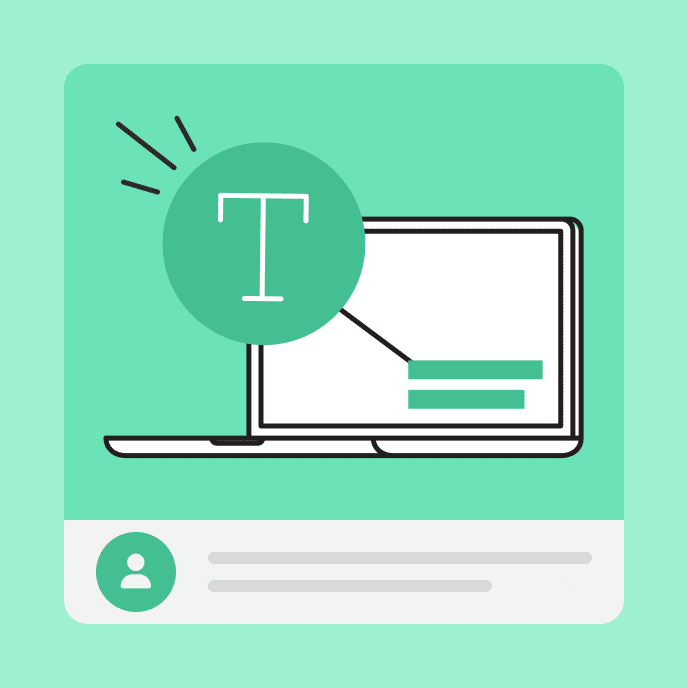Rapid E-Learning

Winning Strategies To Get Your E-Learning Budget Approved
Discover how to secure the budget you need for quality e-learning with four proven approaches that address different stakeholder concerns and organizational contexts.

Four Steps To Figure Out What Your E-Learning Project Needs
Discover how to accurately assess your e-learning project’s true needs with four practical steps that help you build a realistic budget request backed by data.

The Essential Budget Categories For E-Learning Projects
Master the five key budget areas for e-learning success. Learn what to include in each category and smart ways to save money without sacrificing quality.

Dig Deeper To Create E Learning That Actually Solves Problems
Look beyond initial training requests to discover what stakeholders really need. Ask the right questions to create e-learning that delivers genuine results.

Build Motivation That Makes Learners Want Your Training
Discover how to build meaningful motivation into your e-learning courses by connecting training directly to the real problems your learners want to solve.

How to Create E-Learning That Actually Motivates Your Learners to Change
Learn practical strategies to design e-learning that connects with learners’ real needs and motivations, moving beyond one-size-fits-all approaches to drive engagement.

Practical E-Learning Assessments That Measure True Workplace Abilities
Learn how to design e-learning assessments that test real understanding through decision-making and problem-solving, moving beyond simple knowledge checks.

Make Learning Stick With Smart Cognitive Load Management
Discover how to make your e-learning courses more effective by understanding and managing cognitive load with these simple, practical design strategies.

Build Interactive Scenarios With The Simple 3C Framework
Create engaging scenarios with proven building blocks I’ve written extensively about the 3C model over the years since introducing it on the Rapid E-Learning blog in 2009. So this content isn’t exactly new, but now seems like a perfect time to revisit this framework because it continues to offer tremendous value for today’s instructional designers. […]